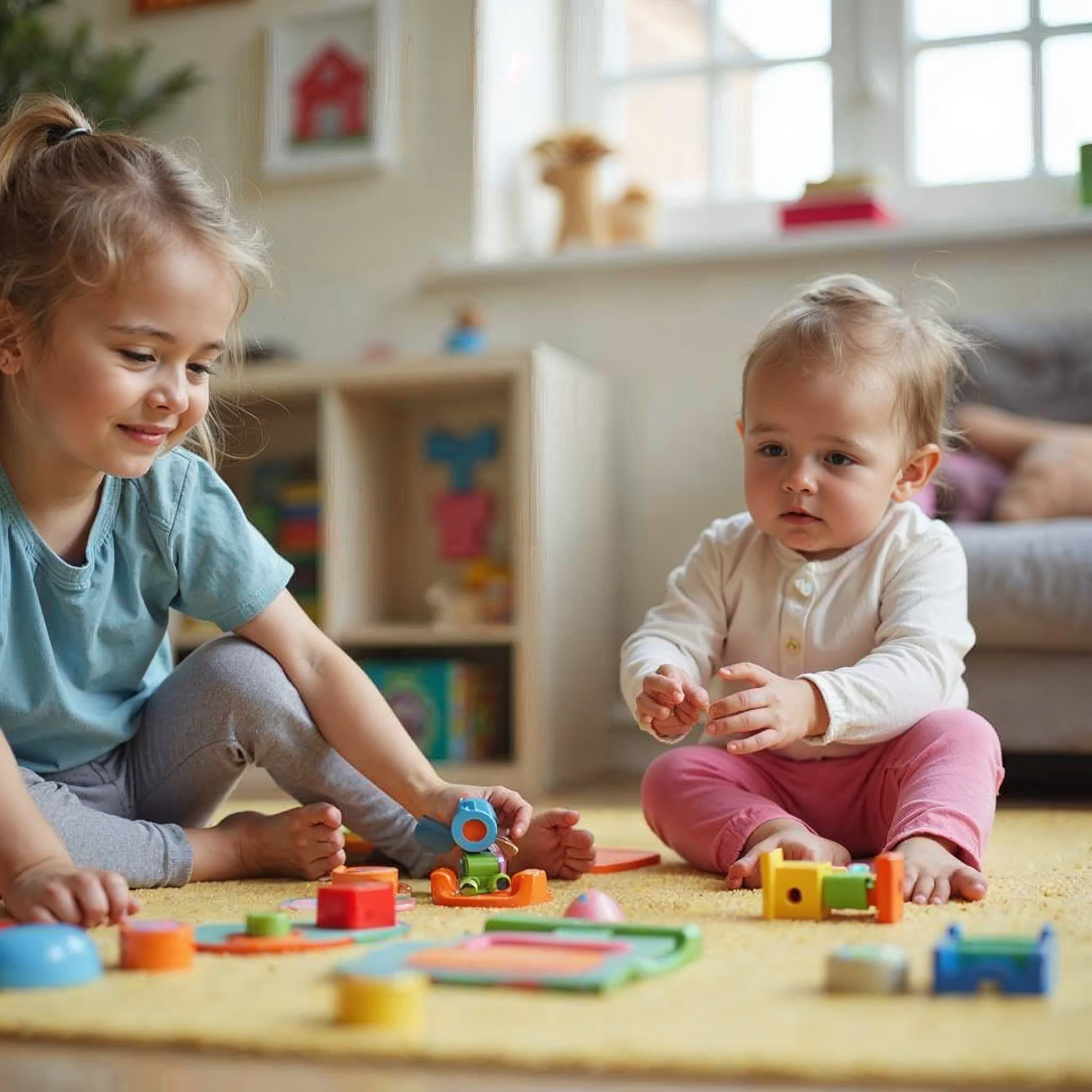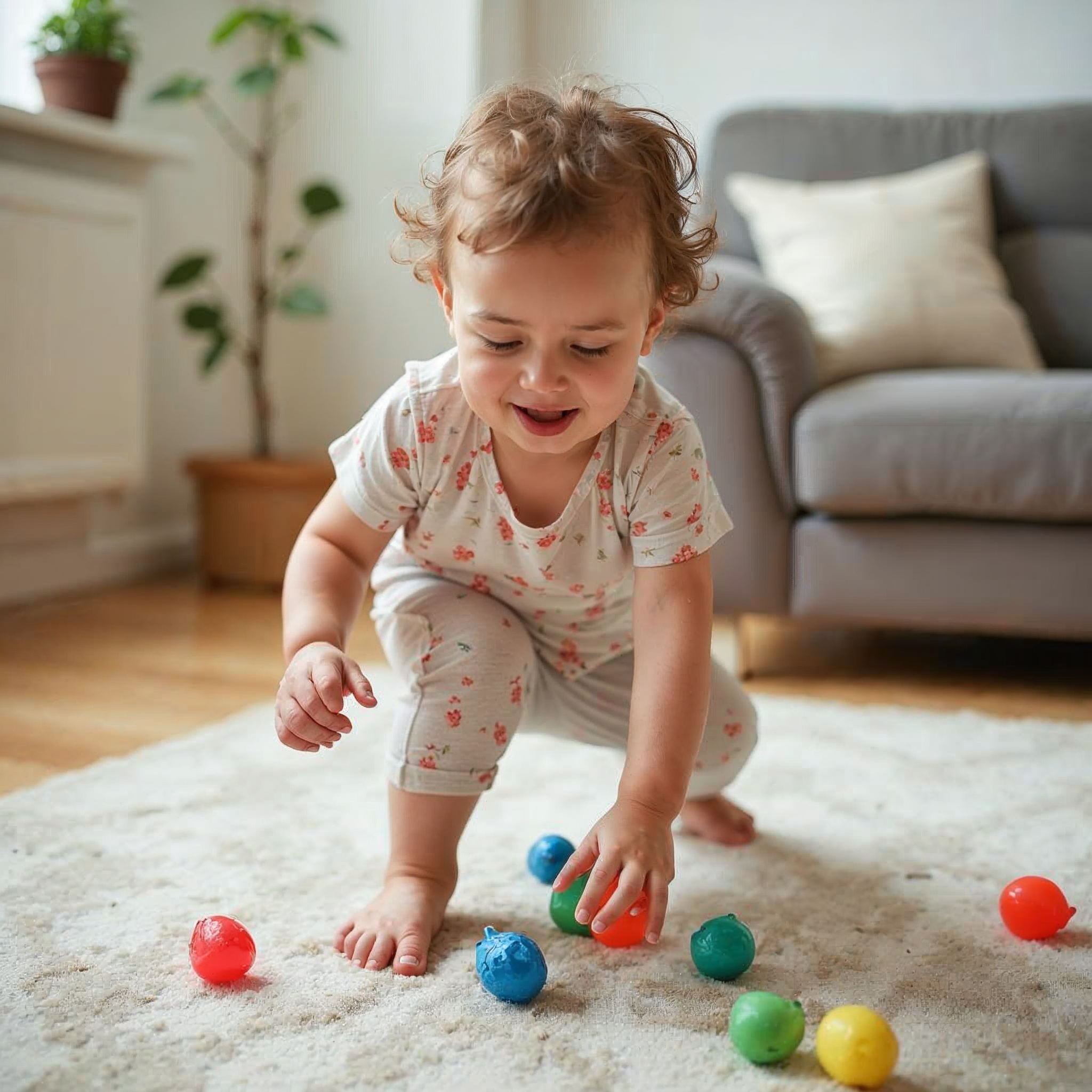Building Strong Foundations: The Role of Physical Play in Early Childhood Development at Kenmore Hills
Physical play is a cornerstone of early childhood development, and at Kenmore Hills Early Learning, we place great emphasis on nurturing this vital aspect of growth. Recognising the importance of movement in developing gross and fine motor skills, our centre offers a range of activities tailored for toddlers and young children. From climbing and running to creative play in thoughtfully designed environments, we ensure every child has the opportunity to reach key physical development milestones. By fostering active play in children, we support not just their physical health but also cognitive and social development, creating a comprehensive foundation for lifelong learning. Our commitment to providing quality child development programs aligns with Australian guidelines, ensuring that children at Kenmore Hills Early Learning receive the best possible start in life. Learn more about our outdoor play spaces and how they support physical development.

Physical play is a vital component of early childhood development. It encompasses various activities that engage children’s bodies and minds, promoting growth across multiple domains. Let’s explore the benefits and key role of physical play in shaping young minds and bodies.
Benefits of Physical Play
Physical play offers numerous advantages for young children. It supports overall health and well-being, laying the foundation for a lifetime of active living.
Engaging in regular physical activities helps children develop strong muscles and bones. This is crucial for their growing bodies and sets the stage for healthy physical development throughout childhood and beyond.
Moreover, physical play enhances coordination and balance. As children run, jump, and climb, they refine their gross motor skills, which are essential for everyday activities and future sports participation.
Physical play also boosts cognitive function. Activities that require problem-solving, such as navigating obstacle courses or playing team sports, stimulate brain development and improve thinking skills. For more insights on balancing physical activity with rest, visit our guide on physical activity and rest.
Key Role in Development
Physical play plays a crucial role in various aspects of child development. It’s not just about physical growth; it impacts cognitive, social, and emotional development as well.
Through physical play, children learn important social skills. They practise turn-taking, sharing, and cooperation when playing games or using playground equipment together. These experiences help build the foundation for positive relationships and social competence.
Emotionally, physical play boosts self-esteem and confidence. As children master new physical skills, they gain a sense of accomplishment that carries over into other areas of their lives.
Physical play also supports language development. Children often engage in imaginative play during physical activities, creating scenarios and stories that expand their vocabulary and communication skills.
The Science Behind Physical Development

The science of physical development in early childhood is fascinating and complex. It involves intricate processes that shape a child’s growth, from brain development to physical abilities.
Neurological and Motor Skills
Neurological development and motor skills are closely intertwined in early childhood. As children engage in physical activities, they’re not just moving their bodies; they’re building crucial neural connections.
The brain’s plasticity during early years means that physical experiences have a profound impact on neural pathways. Each new movement or skill learned strengthens these pathways, enhancing overall brain function.
Gross motor skills, which involve large muscle groups, develop rapidly in early childhood. Activities like running, jumping, and climbing all contribute to this development. These skills form the basis for more complex movements later in life.
Fine motor skills, involving smaller muscle groups, are equally important. Activities such as drawing, cutting with scissors, or manipulating small objects help refine these skills. At Kenmore Hills Early Learning, we provide a range of activities to support both gross and fine motor skill development.
Sensory Integration and Growth
Sensory integration is a crucial aspect of physical development. It involves the brain’s ability to process and respond to sensory information from the environment.
Through physical play, children learn to integrate information from their senses – sight, sound, touch, smell, and proprioception (body awareness). This integration is vital for coordinated movement and spatial awareness.
Physical activities that engage multiple senses, such as outdoor play, are particularly beneficial. They help children develop a well-rounded sensory system, which is essential for learning and daily functioning.
Growth during early childhood is rapid and influenced by various factors, including nutrition and physical activity. Regular physical play supports healthy growth patterns and helps prevent issues like childhood obesity.
Creating Optimal Physical Play Environments

Creating the right environment for physical play is crucial in supporting children’s development. Both indoor and outdoor spaces play important roles in fostering active learning and growth.
Indoor and Outdoor Spaces
Indoor spaces should be designed to encourage movement and exploration. Open areas for running, climbing structures, and spaces for dance or yoga can all contribute to a rich physical play environment.
Soft play areas with mats and cushions allow for safe tumbling and rolling. These spaces are particularly important for younger children who are still developing their gross motor skills.
Equipment like balance beams, tunnels, and stepping stones can be incorporated to challenge children’s physical abilities in a controlled indoor setting.
Outdoor spaces offer unique opportunities for physical play. Natural elements like trees, rocks, and hills provide varied terrain for children to navigate, enhancing their balance and coordination.
Playground equipment offers exciting challenges that support physical development. At Kenmore Hills Early Learning, our outdoor play areas are designed to provide a range of physical experiences for children of all ages.
Educator’s Role in Facilitation
Educators play a crucial role in facilitating physical play. They create opportunities for children to engage in a variety of physical activities throughout the day.
By observing children’s interests and abilities, educators can plan activities that are both challenging and achievable. This helps maintain children’s motivation and supports their ongoing development.
Safety is a key consideration. Educators must ensure that play environments are safe while still offering appropriate challenges. They teach children about safe play practices and supervise activities to prevent accidents.
Educators also model active behaviours, participating in physical activities alongside children. This not only encourages participation but also helps build positive relationships.
Finally, educators communicate with families about the importance of physical play. They share children’s progress and provide ideas for continuing physical activities at home. Check out our Instagram for examples of how we incorporate physical play into our daily routines.


Recent Comments